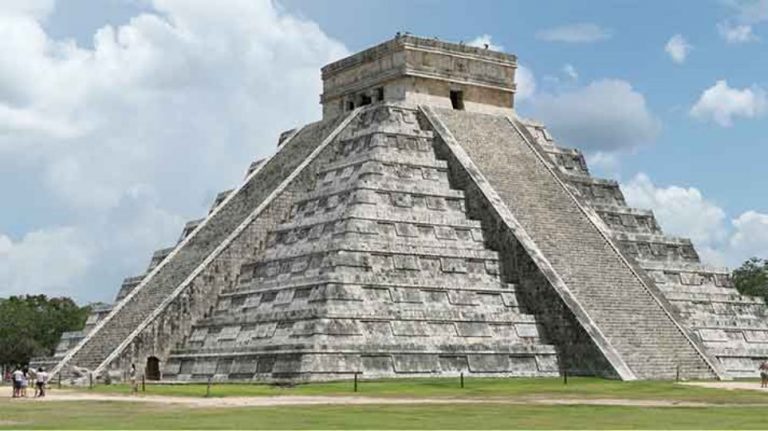The ruins of Tikal in Guatemala were abandoned more than 1,000 years ago, and were rediscovered by a gum sapper in 1853.
But scientists might be closer to understanding why its inhabitants abandoned the city, the capital of a warring state that became one of the most powerful kingdoms of the Maya.
Research found toxic levels of pollution in reservoirs in the heart of the city, hinting that the water had become undrinkable after droughts in the ninth century.
This contributed to the decline and eventual abandonment of the city, according to researchers from the University of Cincinnati.
The city flourished between 300 and 850AD, and was known to the Maya themselves as Mutul.
Radiation leak in Europe points to a possible Russian weapons test
Researchers found toxic levels of mercury and algae in four central reservoirs in Tikal, an ancient Maya city that dates back to the third century C in what is now northern Guatemala.
“The conversion of Tikal’s central reservoirs from life-sustaining to sickness-inducing places would have both practically and symbolically helped to bring about the abandonment of this magnificent city,” the study said.
Read more: yahoo
Ask me anything
Explore related questions





